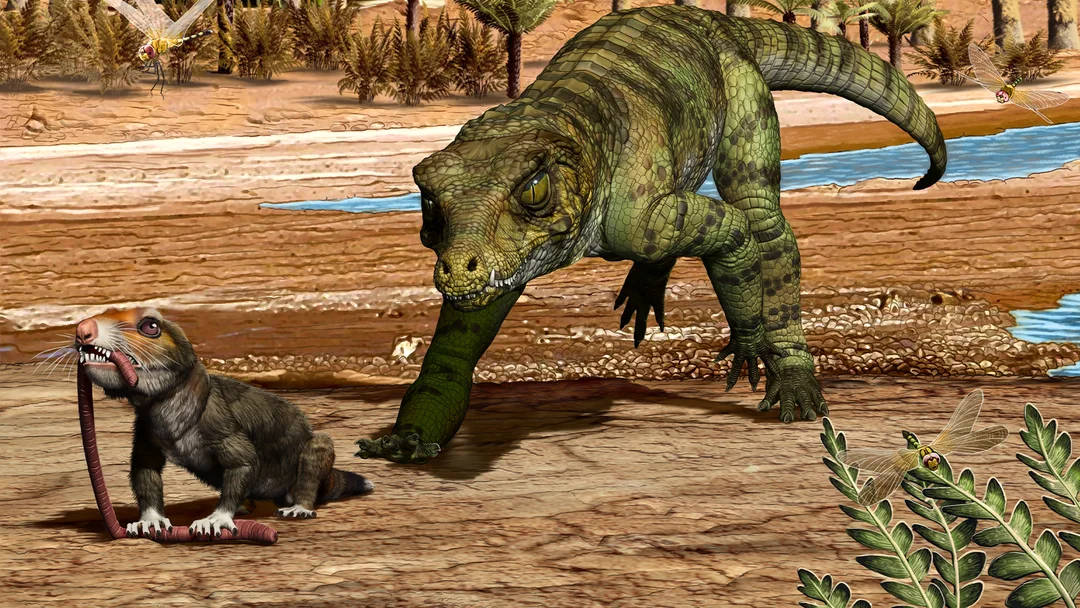
The Remarkable Resilience of Crocodiles Through Time
Crocodiles and alligators have long stood as living symbols of the resilience of life on Earth, and recent studies illuminate the secrets behind their survival during two mass extinctions. Understanding the evolutionary path these creatures have taken not only fascinates us but also holds vital lessons for contemporary conservation efforts.

Present-day crocodylians are the descendants of a lineage known as crocodylomorphs, which have existed for approximately 230 million years. Throughout Earth’s history, which has seen five mass extinctions, only a handful of species, including these remarkable reptiles, have thrived. A recent study published in the journal Palaeontology sheds light on their dietary and ecological flexibility, which has been pivotal to their longevity.
Lead by paleontologist Keegan Melstrom at the University of Central Oklahoma, this research reveals that while many groups of reptiles have faltered, crocodylomorphs have adapted to changing conditions by capitalizing on their broad dietary preferences. According to Melstrom, "Lots of groups closely related to crocodylians were more diverse yet disappeared except for these few generalist crocodylians alive today." This resilience offers a beacon of hope amidst the looming threat of a potential sixth mass extinction.
Crucially, the study examined how these ancient creatures diversified their diets during the Late Triassic and Late Cretaceous periods, evolving into omnivorous generalists capable of consuming a wide range of prey. This adaptability, allowing young crocodylians to start with smaller meals like tadpoles and progress to fish and even mammals, showcases their evolutionary success.
However, the research also emphasizes caution. Co-author Randy Irmis notes, "There’s a danger of trying to draw conclusions from millions of years ago and directly apply it to conservation." While the patterns observed could suggest that species with generalist diets are more likely to survive, predicting individual species' fate remains complex.

Additionally, today’s crocodiles face new challenges, including habitat loss and hunting. Protecting their natural environments is crucial not only for their survival but also for maintaining biodiversity. Irmis emphasizes the importance of recognizing the evolutionary journey of crocodylians and the significant role they play within their ecosystems.
As we consider the long arc of evolution represented by modern crocodiles, it is essential to ask ourselves: What steps can we take to ensure that these incredible survivors continue to thrive in the face of rapid environmental changes? Let's engage in this essential conversation and share our insights.